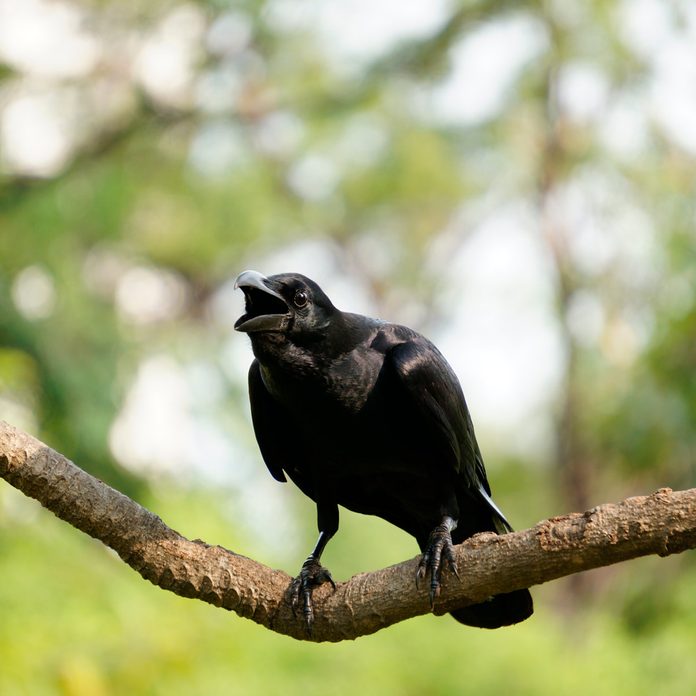Discover the truth — and a few debunked myths — about the octo-legged, cobweb-spinning, lurking arachnid: The spider.
19 Interesting Facts About Spiders
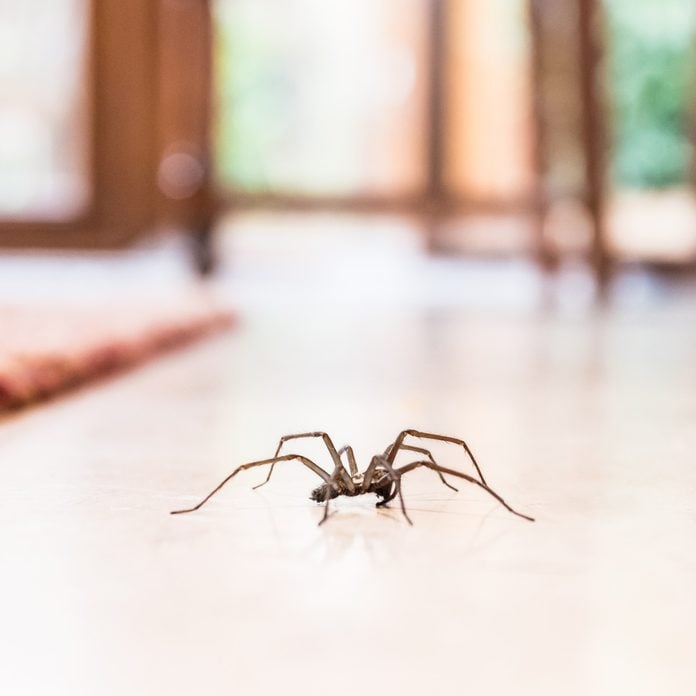
What Are Spiders?
A subgroup of air-breathing, terrestrial (land) arthropods, spiders are not actually insects but rather belong to the Class Arachnida (a.k.a. arachnid). Besides spiders, other arachnids include scorpions, solpugids, mites and ticks.
Note: All spiders are arachnids but not all arachnids are spiders. For example, harvestmen (daddy longlegs) are arachnids that look like spiders but aren’t.

What Does Spider Mean?
In Latin aranea is the common word for “spider.” In French it’s araignée; in Spanish, araña; and in Italian, aragna.
Borrowed from the Old English “renge” or Middle English’s araine, the word “spider” often connotes a cunning, skilled or ambitious character of venomous motivation.
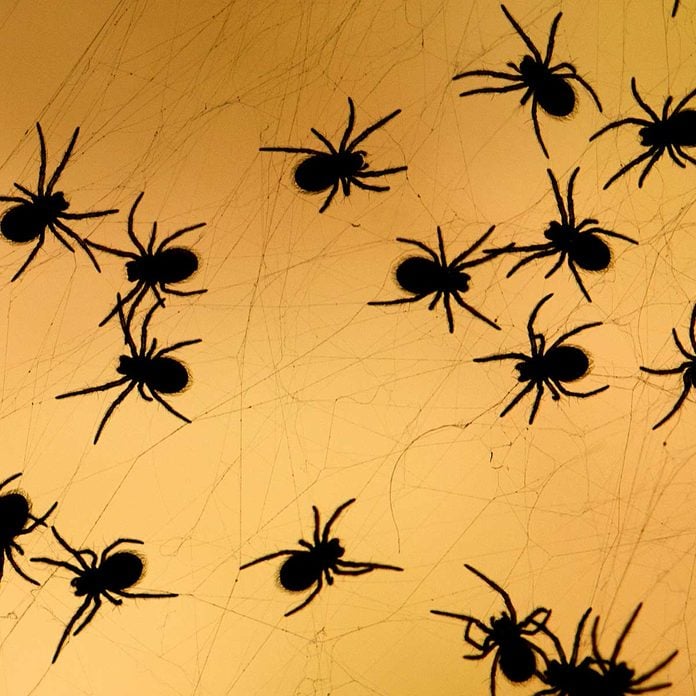
What Is a Group of Spiders Called?
A group of spiders is called a “clutter” or a “cluster.” Mostly loners who prefer to work and live alone, a few spider species have been known to join together and build community webs.
Mega-webs have been reported in the U.S. from time to time, mostly dominated by two spider species: Tetragnatha guatemalensis (long-jawed spider) and Larinioides sclopetarius (bridge spider).
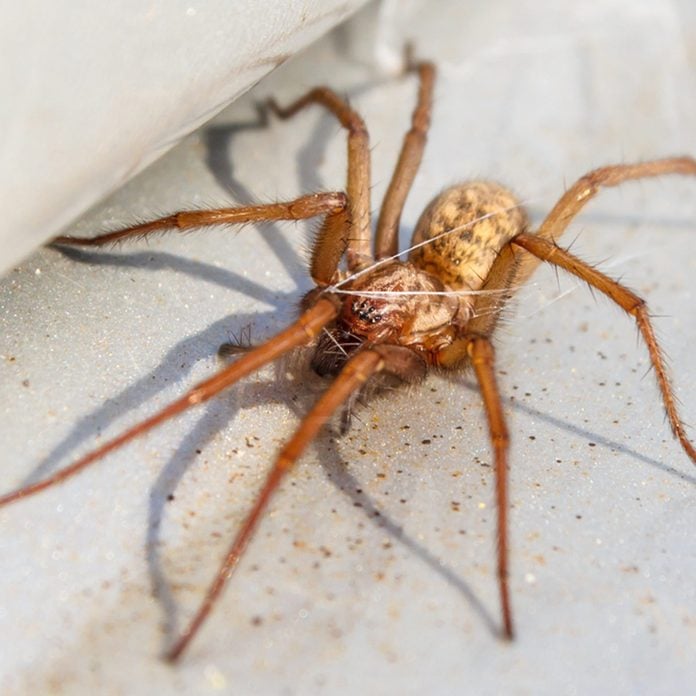
How Many Legs Do Spiders Have?
Spiders have four pair of legs, for a total of eight, while insects only have three pair (six legs). It’s one of the most accurate ways to tell the difference between a spider and an insect.
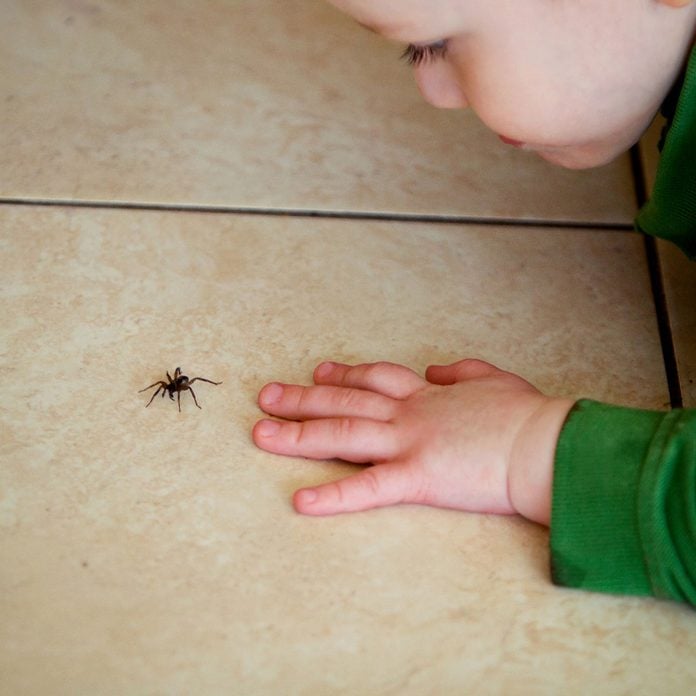
How Do Spiders Move?
Lacking muscles in their legs, spiders use their bodies’ fluid pressure (a.k.a. hydrostatic pressure) to walk and run. By controlling their heart rates — the faster a spider’s heartbeat, the higher the hydrostatic pressure — they’re able to propel themselves along. On top of that, special hairs on the end of their feet stick to surfaces for traction, giving spiders the ability to walk on surfaces that are horizontal and vertical.
Crawling is not their only mode of transportation. Some spiders jump, use wind (called ballooning), float on the surface of the water or handspring across sandy deserts.
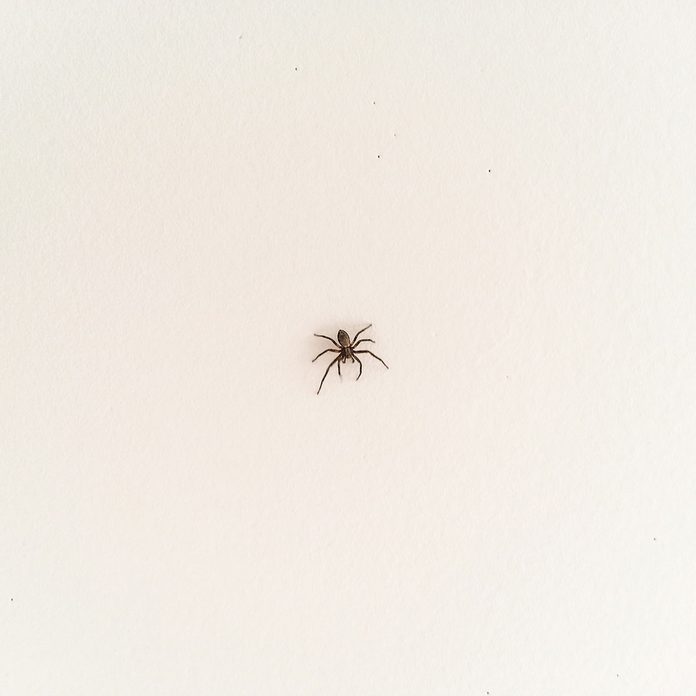
How to Identify Spiders
Spiders, like all arachnids, are characterized by their two body parts, eight simple eyes, four pairs of legs and unsegmented abdomens. They also have chelicerae (fangs) to inject venom into their prey and spinnerets to produce silk, but no antennae or wings.
Pro Tip: When attempting to determine if you’ve got a spider or an insect, use this rule of thumb offered by spider expert at the Burke Museum, Ron Crawford: “The number of leg pairs (one pair per leg-bearing segment) is more significant than individual legs, which can be lost.”
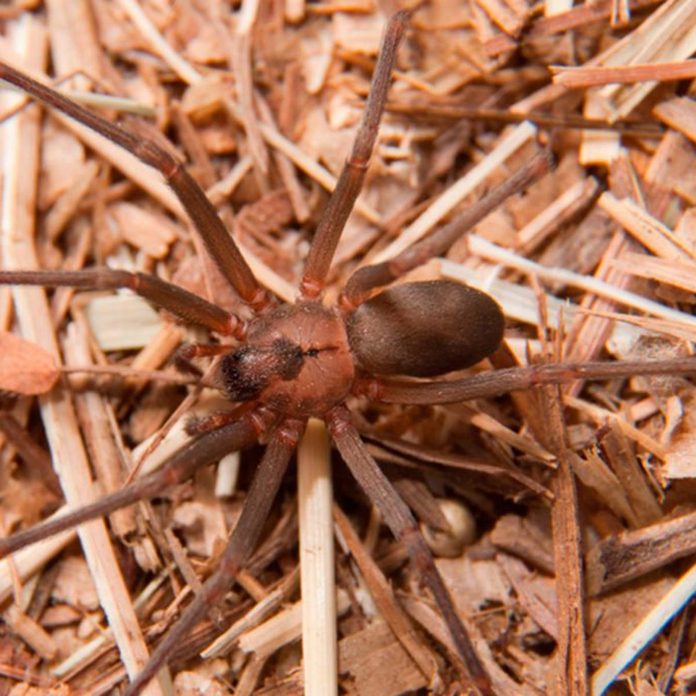
How Many Types of Spiders Are There?
Almost too many to count.
According to National Geographic, there are more than 45,000 known species of spiders worldwide. Within those species, there are an estimated 120 families. Because new spiders are being discovered all the time, it makes it pretty hard to keep up!
Among the many spiders that were discovered in 2020 are the Ocrepeira klamt of Columbia, which lives at an altitude of over 11,000 feet, and a new group of Australian trapdoor spiders that build burrows hidden with camouflaged doors.
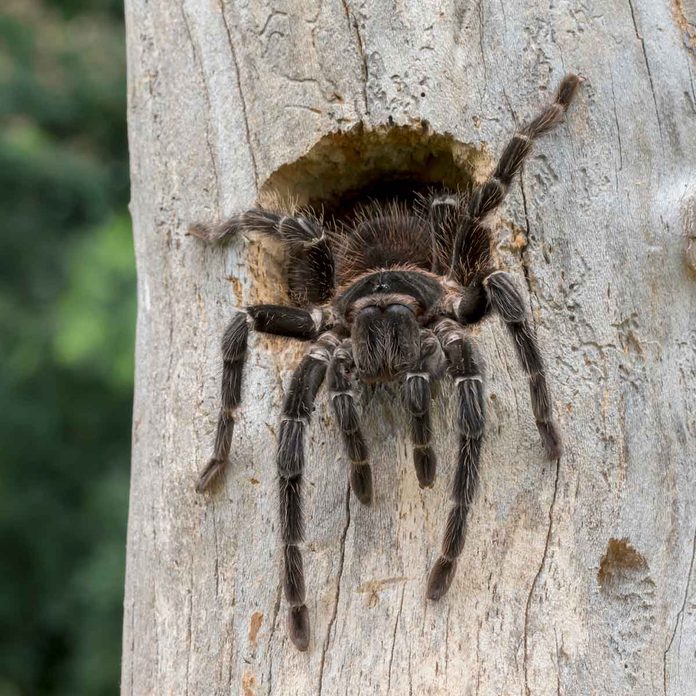
What Is the Largest Spider?
The stuff of nightmares, the largest spider in the world is the South American goliath birdeater tarantula. It can grow as large as a foot across and has fangs that are an inch long.
According to Guinness World Records, there is a debate over which is the smallest spider. The two contenders are the Patu digua from Colombia, with a body length of 0.014 inches, and the Samoan moss spider, which can be as tiny as 0.011 inches.
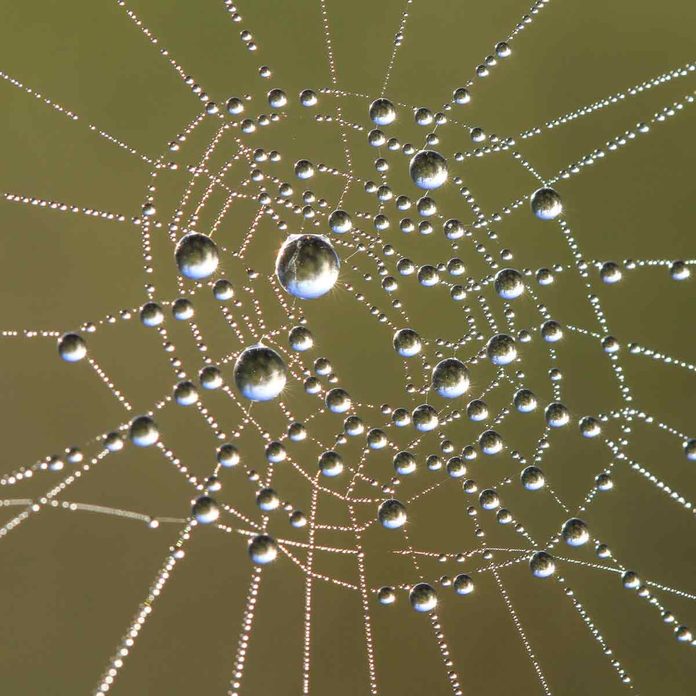
Where Do Spiders Live?
Spider habitats can be found almost everywhere in the world, outside of polar regions, at very high elevations and in oceans. Spiders can live in or around freshwater ponds, lakes and streams, but only one, the Argyroneta aquatic (water spider), habitually lives in it.
Oh, do you know about spiders in your garden? You might not see them, but they’re all around you — and that’s a good thing. Your garden spiders, and learn how to entice more into your yard.
Different types thrive in both dry and tropical climates, as well in wetlands and the dark corners in your basement.
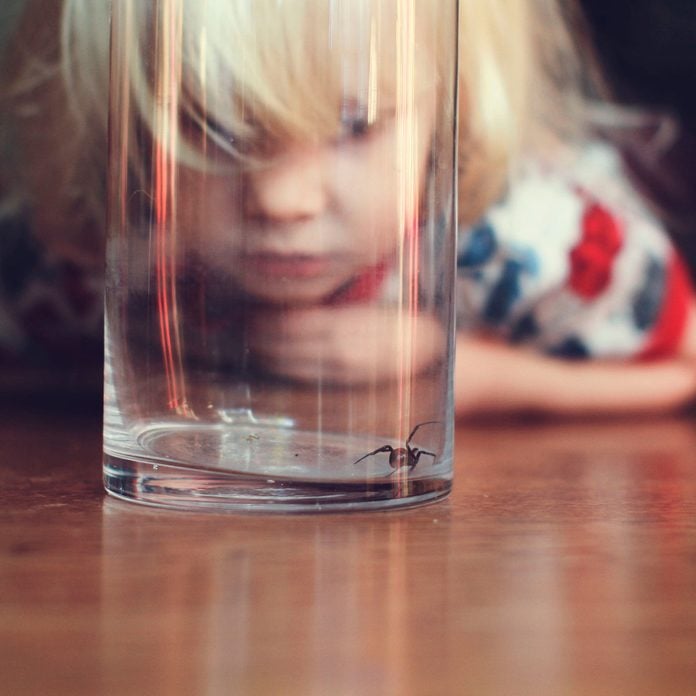
How Long Do Spiders Live?
The lifespan of a spider depends a lot on its gender and whether it dwells in the wild or in captivity. The average life expectancy in the wild is between one and two years. Females tend to live a bit longer than males, who die shortly after mating.
The world’s longest known living spider: A female trapdoor spider who lived 43 years in her native bushland in Australia. This shattered the previous record held by a 28-year-old Mexican tarantula.
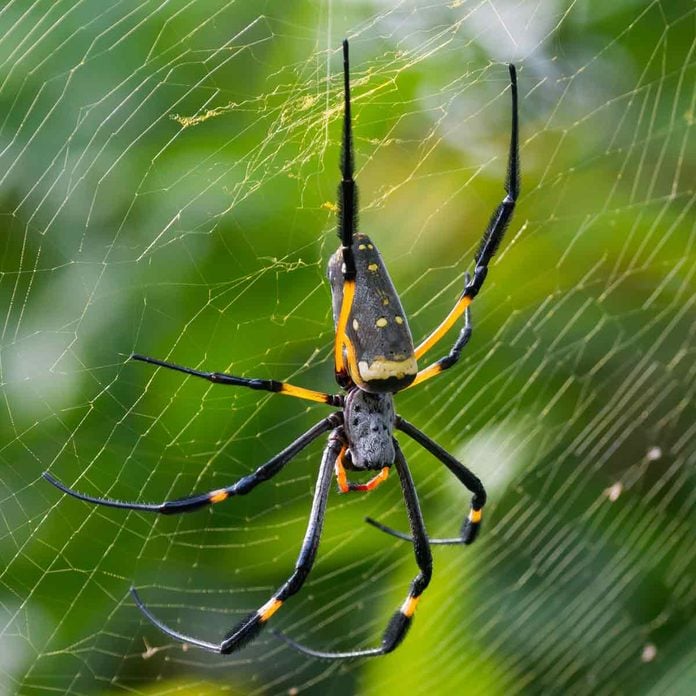
Do All Spiders Spin Webs?
All spiders make silk, but only half of the known spider species spin webs. A spider’s silk is developed from spinnerets, glands that secrete a fine protein fiber that is amazingly strong and flexible. Uses of silk by non-web-making spiders include transferring sperm, entrapping insects by wrapping them and spinning egg-cases.
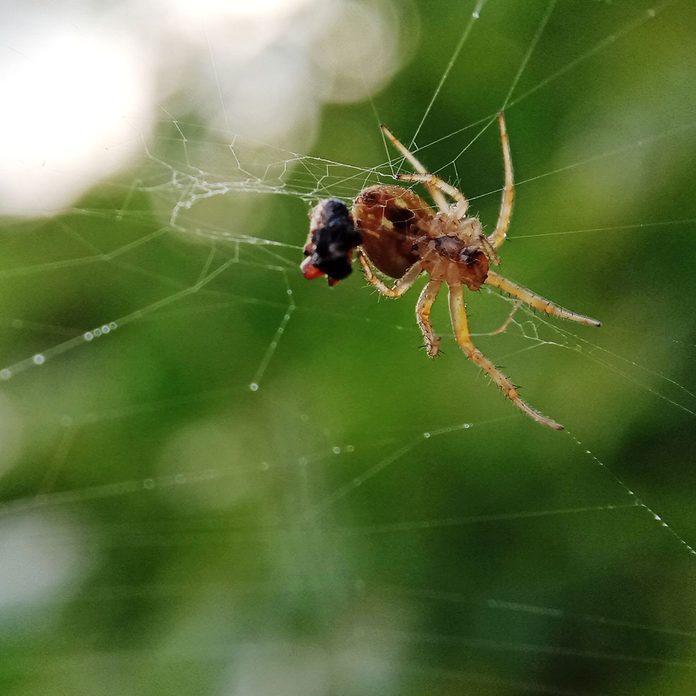
How Do Spiders Catch and Eat Their Prey?
Since spiders have notoriously bad eyesight, they use vibration to alert them of the presence of prey. To immobilize their victims, spiders often use sticky webs to trap flying insects. The ogre-faced spider takes a different approach, crafting a net to scoop up its prey.
Most non-web-making varieties typically hunt down their victims or lay in wait to pounce, then inject them with venom to kill them. The bolas spider casts out his silk, sort of like a fly fisherman.
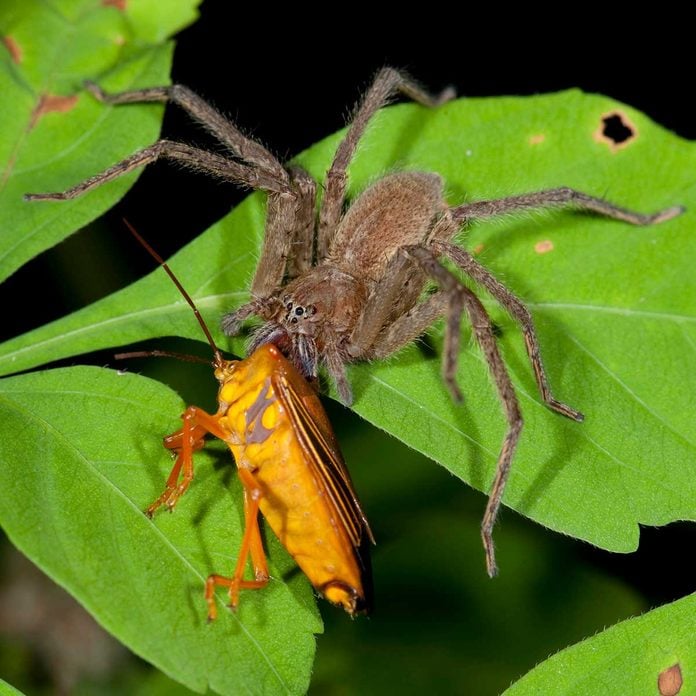
What Do Spiders Eat?
Spiders are predators who almost exclusively eat insects. The only exception is the Bagheera Kiplingi spider, who is a vegetarian.
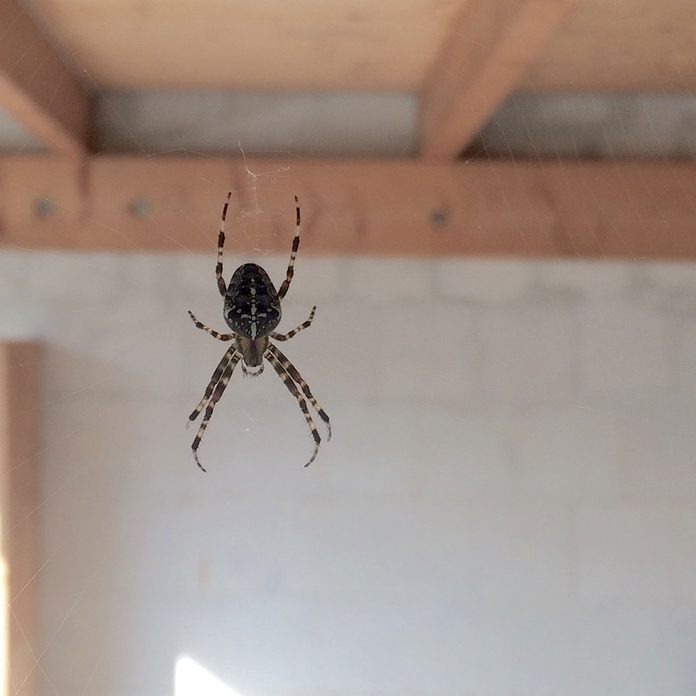
What Attracts Spiders?
Prey. Wherever there’s a food source, a.k.a. insects, you’ll generally find spiders.

What Keeps Spiders Away?
Ed Spicer, owner of Pest Strategies, offers a few simple tips for deterring spiders from coming inside your home:
- Replace torn screens;
- Seal gaps and cracks;
- Replace worn weatherstripping;
- Caulk around thresholds of doors.
If spiders do get in, get rid of them immediately before they lay eggs.
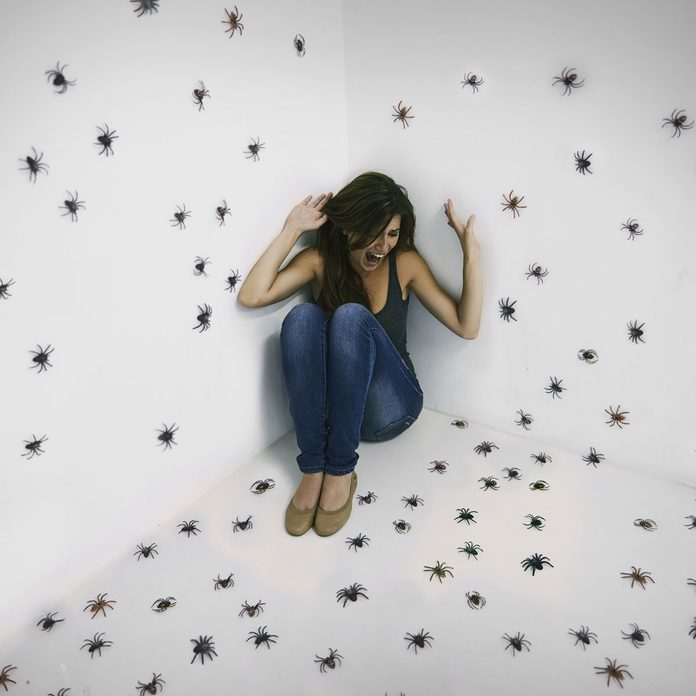
Why Are People Afraid of Spiders?
For many, spiders rank as their number one fear. In fact, arachnophobia, an irrational fear of spiders, is one of the most common phobias, second only to the fear of heights. A 2017 study using infants as subjects suggests the fear of spiders may be an innate response that’s hardwired into our evolutionary memory. Makes sense, given spiders have been on Earth for more than 300 million years.
In reality, out of the thousands of spider species on the planet, only a handful are dangerous. On top of that, spiders are important for a healthy ecosystem and can kill insects you don’t want around, like cockroaches.
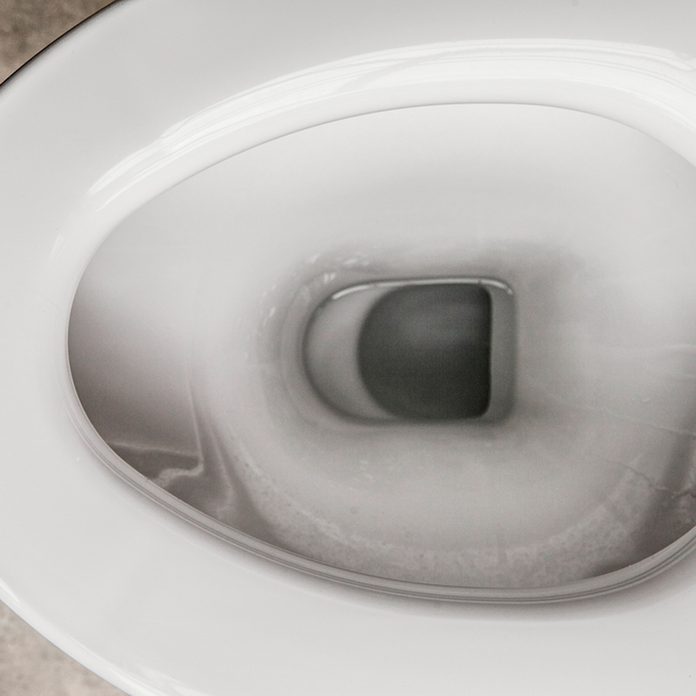
Do Spiders Drown in Water?
They can, but it would take a long time. Thanks to their low metabolic rate, spiders have a low oxygen intake. That means they would have to be submerged for a long time — as long as three hours — to drown.
Instead of throwing a spider down the toilet, scoop it up and toss it into the garden, where it can do some good.

Can You Swallow Spiders in Your Sleep?
The idea of swallowing spiders in your sleep is urban legend, not supported by biology, logic or evidence. In the unlikely event that a spider did randomly crawl across your face toward your mouth, it would probably wake you up before you could ingest it.


